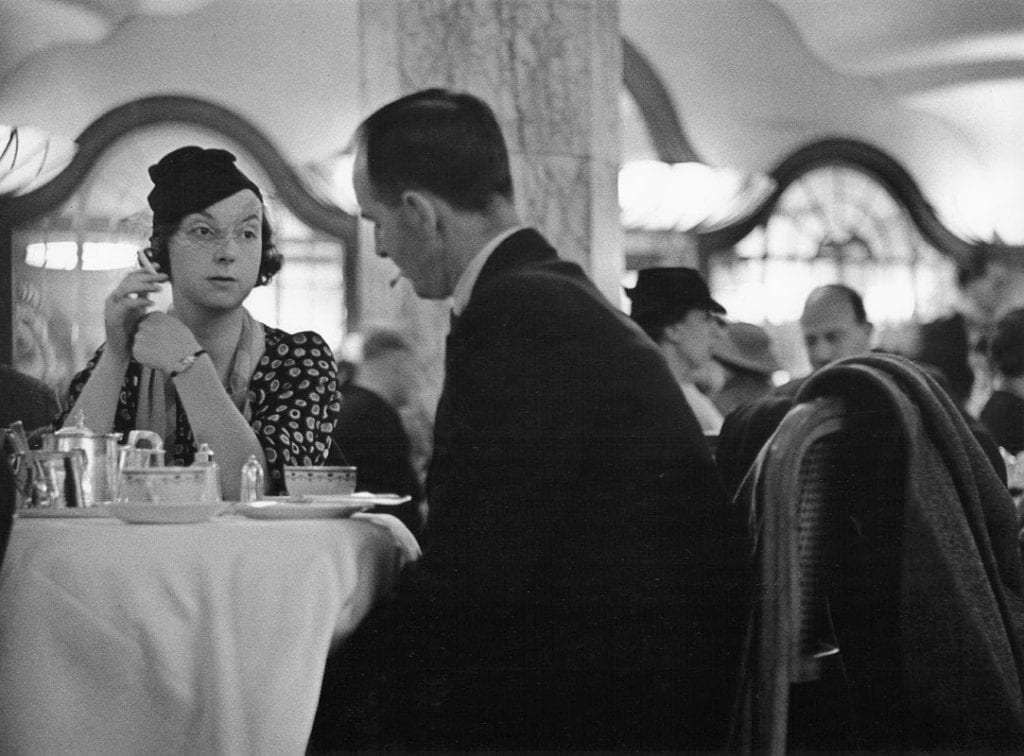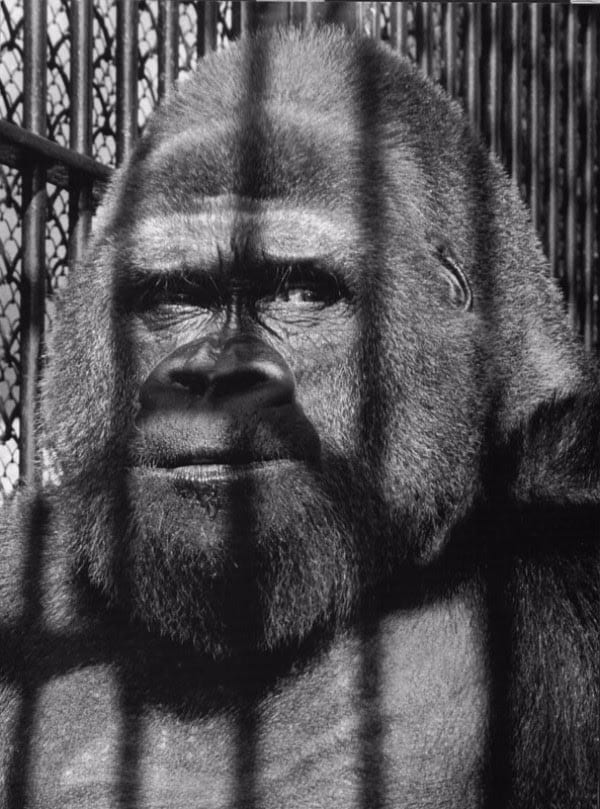Born in Vienna in 1912, Suschitzky was the son of Wilhelm and Adele, a secular, Jewish couple who ran a small bookshop in Vienna that included titles which warranted them, at that place and time, the title of ‘radicals’.
And so, in the 1930s, after his father had committed suicide as the consequences of Nazism became clear, so Wolfgang, a young man in his twenties, sought refuge in the UK.

Suschitzky is best known for his his work, as cinematographer, on Mike Hodges’ 1971 film Get Carter, with Michael Caine as the macho and psychotic London gangster.
It’s remembered as a thriller, a precursor to the many violent gangster films that are now such a staple of British cinema.
But Get Carter, shot with Suschitzky’s ascetic, moral eye, has most value as a piece of social realism, a cinéma verité-esque document of the realities of Newcastle in the 1970s. The Tyneside here isn’t one of chain restaurants and high street clothing shops, hen parties and stag-dos.

Instead, the film orientates – and indeed embeds – its action, and its players, into the people of the city – the faces of the old men who have spent a life working the mines or harbour-side, now sat in the pubs or hiding in the betting shops, the youngsters on the street corners or the dancehalls.
Suschitzky’s career in photography, of course, stretched far behind that. He first owned a photography studio in Amsterdam, his first destination after Vienna.
But, after his marriage to his first wife started to collapse, he left Holland for the UK.
Wolfgang created atmospheric photographs of London shortly after his arrival in the 1930s. Charing Cross Road, the centre of London’s bookselling trade, became an early fascination – a hark back, maybe, to his parent’s bookshop, such an integral place in his childhood. Later, he began to collaborate with artist Paul Rotha, with whom he developed his career in motion pictures.
Brett Rogers, director of The Photographers’ Gallery, who displayed an exhibition of Suschitzky’s work in the London gallery in January this year, said of the late photographer: “Tempering the social conscience of a documentarian with the eye of a German expressionist, Suschitzky created classic works that are both an invaluable documentary of the long vanished time but also brilliantly captured.”

Reviewing the exhibition, Gaby Wood of The Telegraph said: “His images of London, taken with the keen eye and gentle humility of a recent immigrant, are so evocative you feel they must be stills from films made before the war, mysteriously replayed in your mind’s eye.”
He retired in 1987, but his work continued to be exhibited.
In 2007, he was awarded Austria’s gold merit medal lifetime achievement award. The place from which he fled finally realised what a talent they lost.
See more of his work at The Photographer’s Gallery.
